The materials innovation startup known for its synthetic spider sillk is rolling out a second bio-material, a leather made from mycelium that can be grown in a small space with a much lower environmental impact than raising cattle.
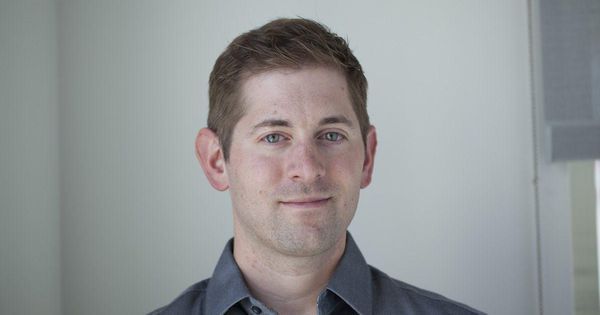

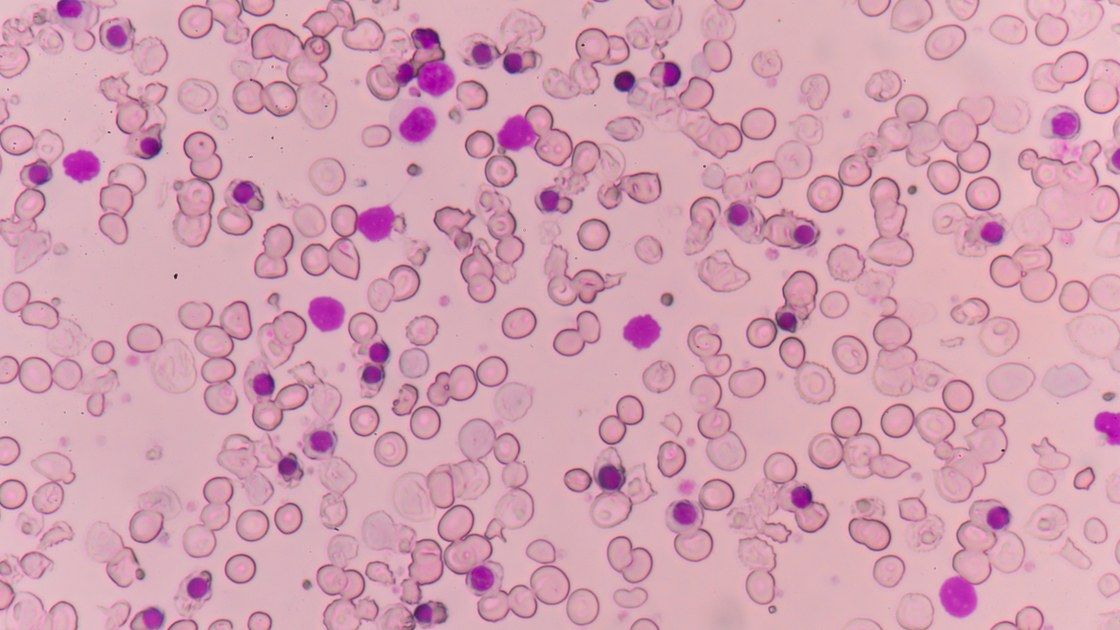
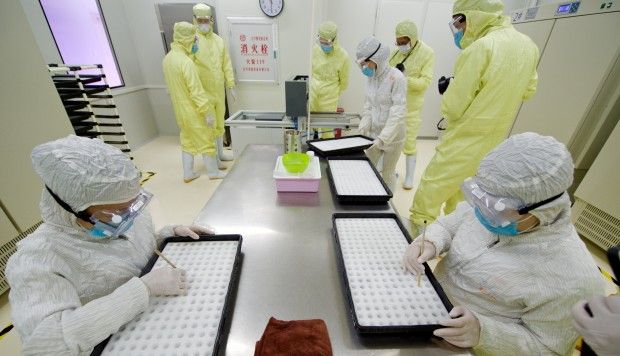
The biotechnology sector’s fastest-growing segment, immuno-oncology, has become the hottest buzzword for investment in Asia.
The field, that uses the body’s own immune system to help fight cancer, has seen two mega acquisitions in the United States in recent months.
And Hong Kong stock exchange is now tuning into its strong future, with Hong Kong Exchanges and Clearing (HKEX) already agreeing to revamp listing rules that will fast track applications by firms linked with the sector to help more innovative drugs and medical devices developers go public as soon as early this summer, and raise much-needed development cash.

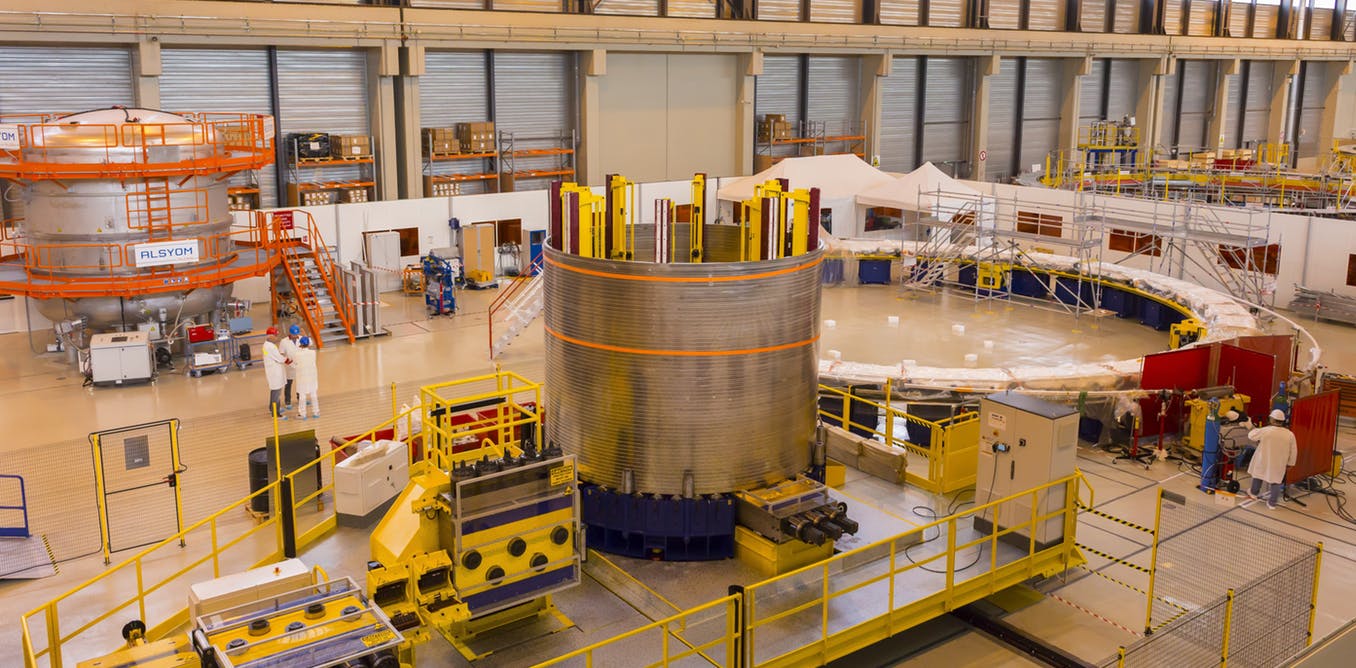
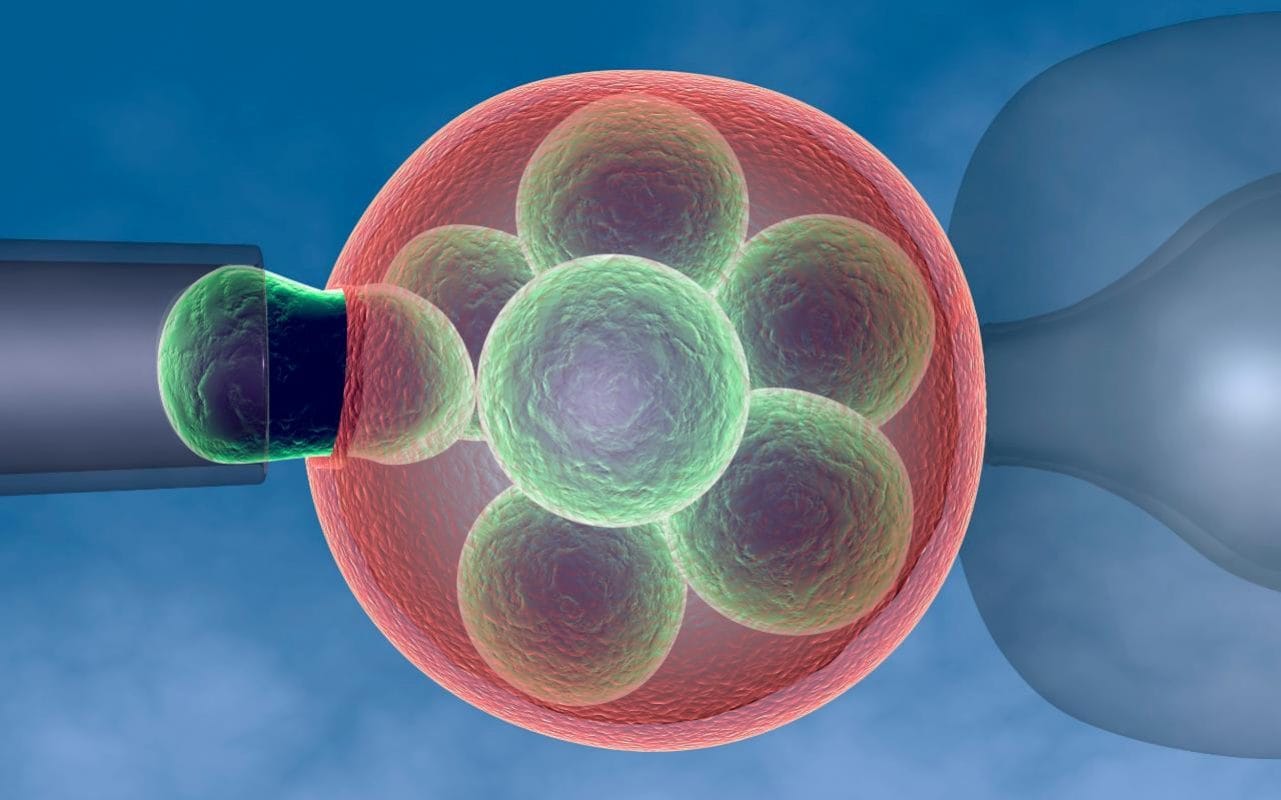
I t has now been decades since stem cell technology emerged as the next great breakthrough in modern medicine, with the bold potential for one day curing everything from heart disease to cancer. Today, that optimism doesn’t appear to have diminished.
It’s easy to recall the excitement. In the late 1990s, when stem cell research was still relatively unexplored but gathering pace, the hope surrounding future uses for such treatments appeared near limitless. Once greater advances had been made, it was often argued, doctors could one day inject patients with cells that have the ability to transform into any other type of cell, making it possible to grow whole new organs. In theory, any damaged area…

Welcome to Oxford longevity related conference, free of charge.
Munjal Shah, CEO & Co-founder of Health IQ, discusses lowering premiums for better behavior.
Innovation series by Steven Loeb March 23, 2018 Short URL: http://vator.tv/n/4b46
We need the arts to stimulate debate over the impact of technological breakthroughs on society.
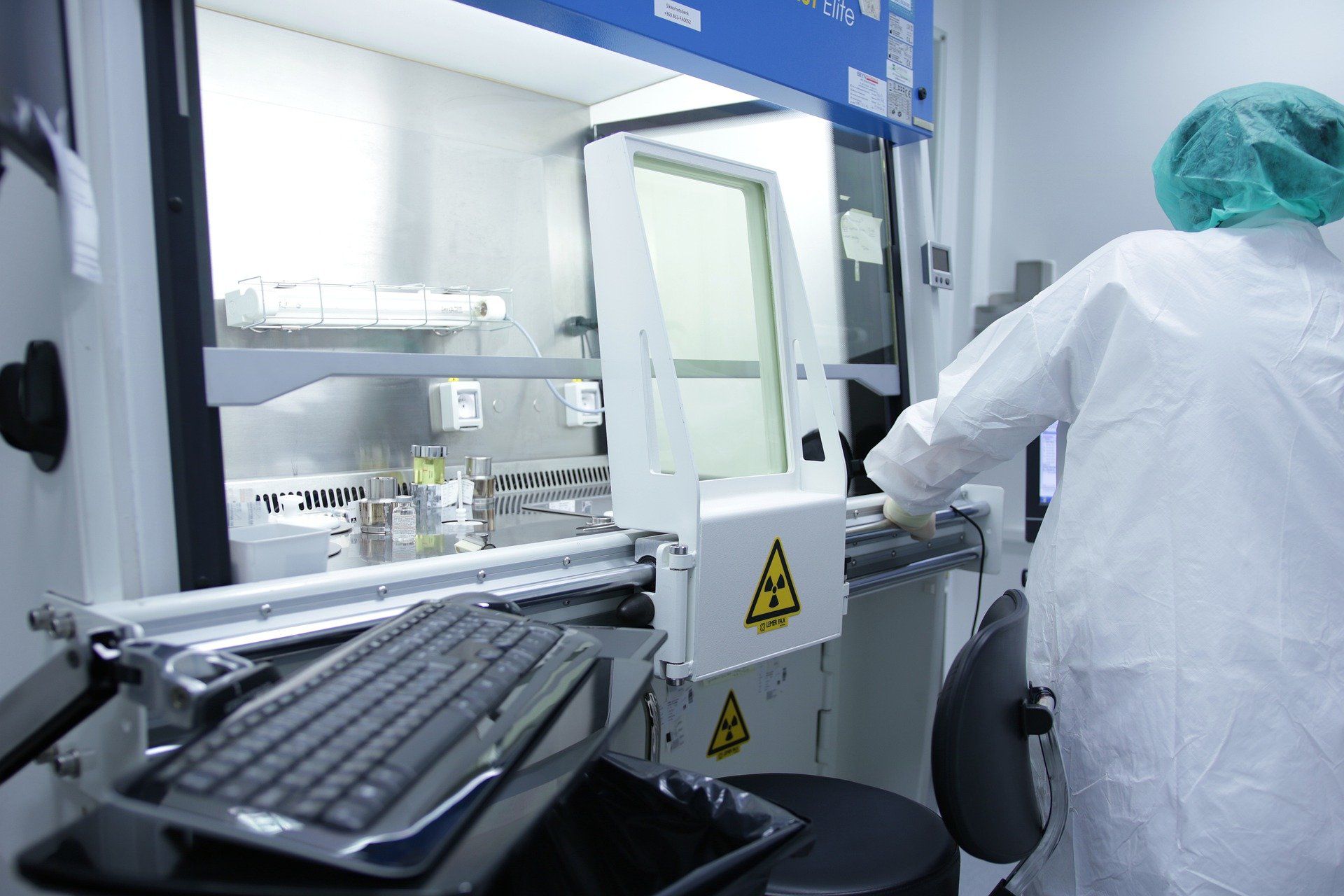
A Northwestern University-led team has developed a new way to manufacture proteins outside of a cell that could have important implications in therapeutics and biomaterials.
The advance could make possible decentralized manufacturing and distribution processes for protein therapeutics that might, in the future, promote better access to costly drugs all over the world.
The team set out to improve the quality of manufactured proteins in vitro, or outside a cell, and found success across a number of fronts.

Innovation is the latest social, political and economic battleground. Techno-optimists dismiss fears about innovation, typecasting non-believers as Luddites. The impact of recent technological changes, they believe, will be realised over time. Luddites, on the other hand, point to weaknesses in technology.
Policymakers are placing their faith on technological advancements to boost flagging growth. But it is founded more on hope than reality.
By Satyajit Das